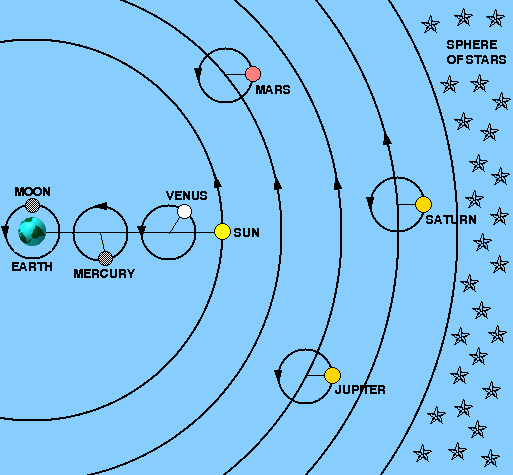An Introduction to the "Pardoners Tale"
Hey guys, I’m going to try and make this easy to revise from! Obviously my hand writing is shocking, and I can’t read it at times, hence information could be inaccurate.
We studied some key areas, which possibly determined the way the Pardoners tale was written, which are in preparation to reading it. They were as following; “The Canterbury Tales”, “Medieval England Historical context”, “Religious context”, “Literary Text” and “Chaucer and his life - Biological context”
So if you remember miss put us in groups and we looked at each source of information, and gathered different information.
The first “The Canterbury Tales” was “a collection of stories loosely linked together”, told by different characters. Themes within the Canterbury tales were; “loves from a distance”, “male lovers suffering nights of anguish and “writing poetry”.
Key terms within this context we looked at were, “Fabliaux” which were extended jokes or tricks, often bawdy and usually full of sexual innuendo. “Fables” were tales that make a moral and point, often using animals as characters. “Sermons” were stories conveying a moral message (similar to Fables).
Moving onto “Medieval England Historical Context”. There was a belief of “Ptolemaic System” which was the concept of Earth being “centre of the Universe”. They obviously believed in a different kind of solar system. One in the picture below...

A Ptolemaic conception known as “The great order of chain being” was consistent of God, angels, man, animals and plants (which is in hierarchal order). God, angels and man were considered to have the ability of reason, movement, life and existence. Animals were said to have the ability of movement, life and existence. Finally plants the lowest in the chain order, are said to have the bare minimum of just life and existence.
Studying the “Religious context” we came to realise the significance of the churches powerful hierarchal positioning in “middle ages”. In the church there were strong emphasis on the confession of sins, those confessing were truly sorry. Although forgiveness was meant to be spiritual, it became financial after some time. In essence you would buy your way to forgiveness.
More people were needed to confess and collect pendency, so the term pardoner came about. Pardoners were people who listen to confessions.
We then looked at Chaucer’s language as part of “Literary context” which was language of the middle Ages – approximately between the 1150 – 1500.
Lastly we looked at “Chaucer and his life - Biological context” were we studied the influence of key events in his life. Some quick events were:
Born in 1343 in London
His father a wine merchant, operating in London. Chaucer inflicts his father’s passion of win selling into own his own passion – i.e. “demonstration sermon”.
In 1359 he went to war, at this still a teenager against the French. Chaucer was then captured by the French in Reims.
He married Phlippa de poet (1365).
Chaucer went on a “diplomatic mission” between the years 1372 – 1378.
He went to France in 1377 to negotiate peace.
These are just some notes that I felt were would have influenced the creation of the "Pardoners Tale" so please read and comment because it's a kool happening :).
ReplyDeleteawww this is really good Shaun! you put down alot of points which i didnt have such as the Ptolemaic system. thanks x
ReplyDeleteThanks Mahsa, I hope the rest of the year 13 English students can see the pure and utter genius in this piece of art. :D
ReplyDeleteIt's alright
ReplyDeleteI have managed to add a lot to my notes from this...thanks Shaun :)
ReplyDeleteThis comment has been removed by the author.
ReplyDeletepure genius man XD
ReplyDeleteI think the graph made things very clear along with the detailed notes you clearly paid attention in class and revised additional sources to create a good post.... However I think Dara may have done better given the task XD